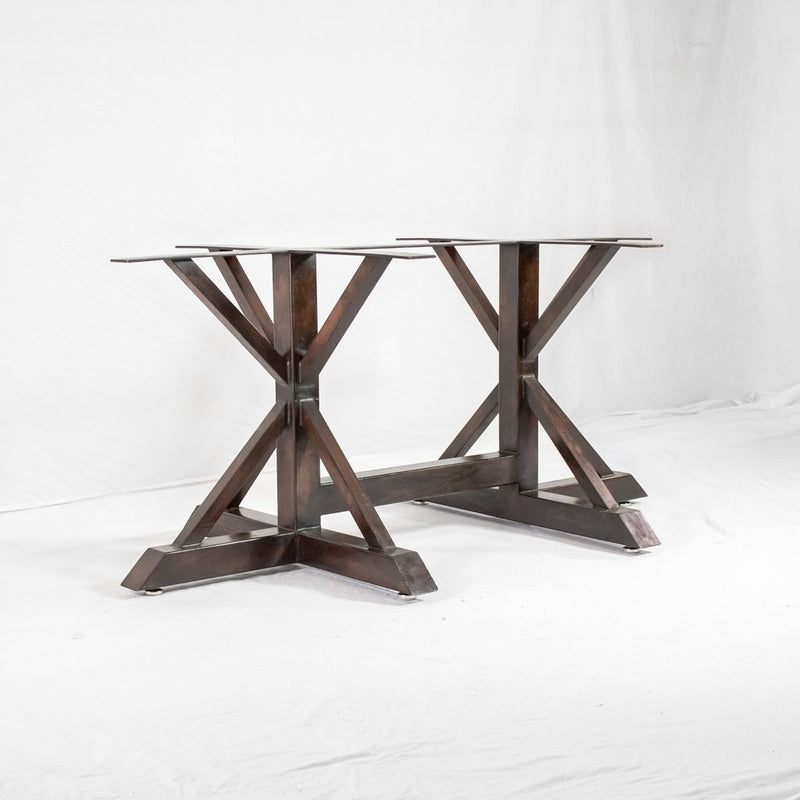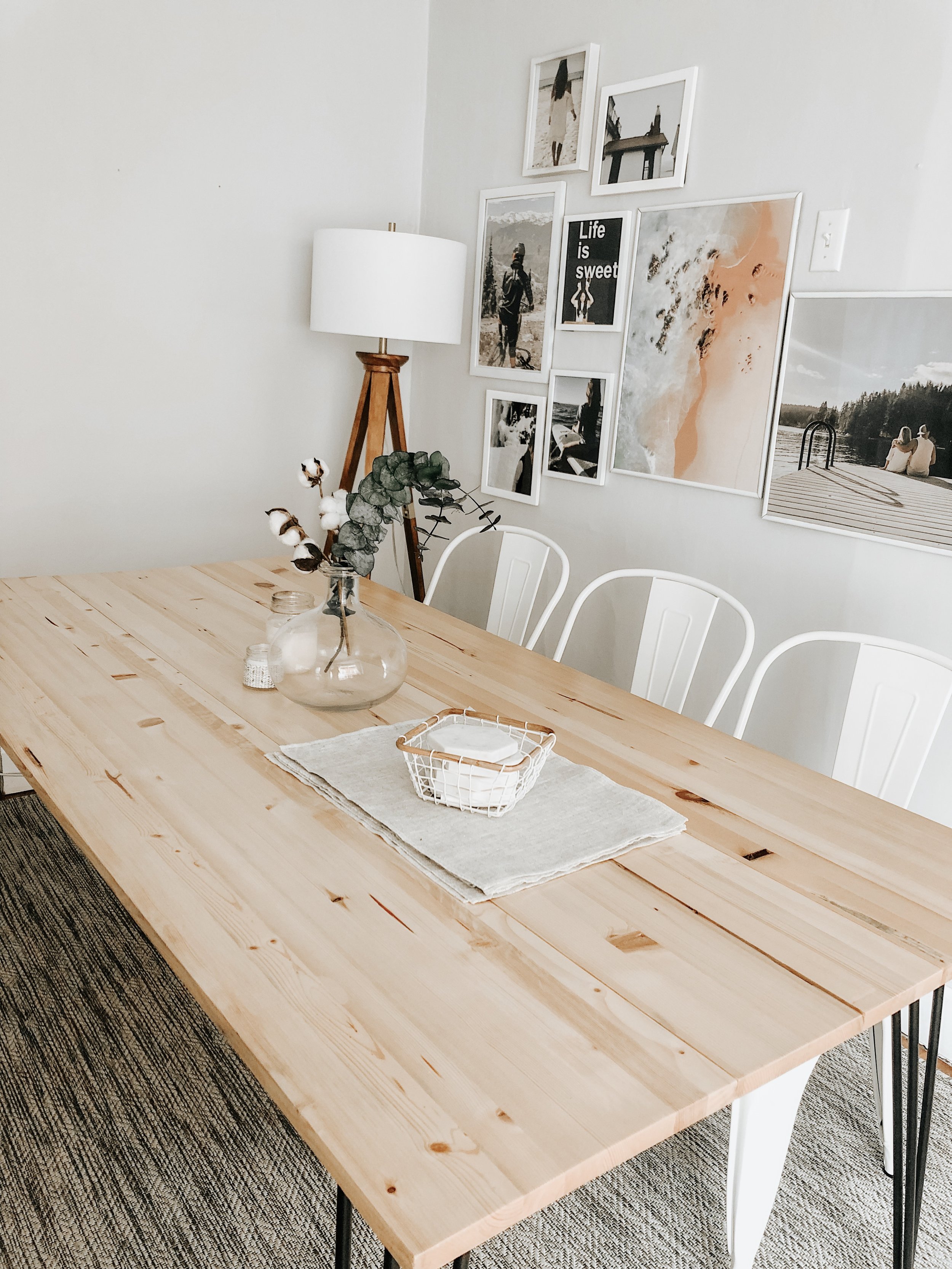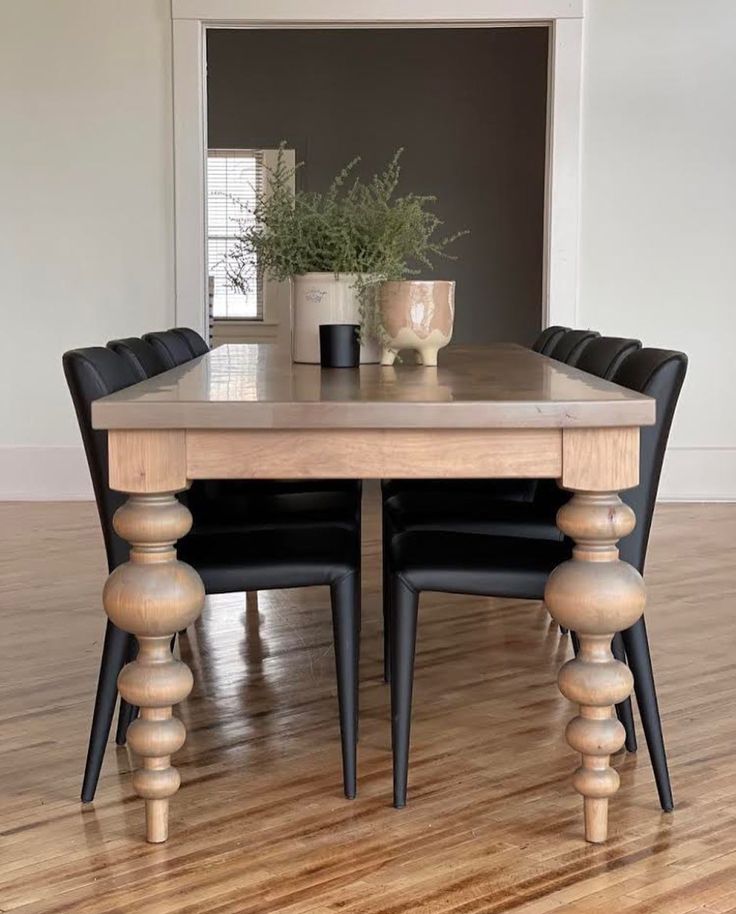Transform Your Dining Space with Stylish Dining Room Table Legs
Transform Your Dining Space with Stylish Dining Room Table Legs
Blog Article
Professional Tips for Installing Dining-room Table Legs for Optimum Stability
When it involves mounting eating room table legs, achieving maximum stability is critical for both capability and appearances. The process starts with choosing the appropriate products and equipment, complied with by thorough placement and consideration of weight distribution. Each step plays an essential function in making certain that the finished product holds up against daily usage without compromising security or layout stability. Understanding the nuances of these components can significantly influence the overall outcome. What certain strategies can enhance stability also further?
Choose the Right Legs
When selecting the appropriate legs for your dining-room table, it is vital to take into consideration both capability and aesthetics. The legs you choose will significantly influence the total design and security of the table. Initially, review the table's planned use; if you expect regular gatherings, stronger legs, such as those made from solid timber or steel, might be better, as they provide raised toughness and support.
Following, think about the height and style of the legs in relation to the tabletop. Standard eating tables commonly vary from 28 to 30 inches in elevation, so make sure the legs line up with this standard for convenience. The style of the legs ought to complement the layout of the tabletop-- whether it be contemporary, rustic, or traditional. Tapered legs can include a contemporary touch, while turned legs may share a much more traditional visual.

Select Appropriate Hardware
Just how can the ideal hardware boost the security and longevity of your dining-room table? The choice of suitable hardware is important to making certain that the legs of your table are firmly connected and able to endure normal usage. Top notch screws, bolts, and braces supply the needed strength to sustain the weight of the table, as well as any kind of added loads positioned upon it during dishes or events.
When selecting screws, choose for those made from resilient products such as stainless-steel or brass, which stand up to rust and keep stability with time. The size of the screws is similarly crucial; they must penetrate deeply right into the table's framework without jeopardizing integrity. For bolted links, think about making use of lock washers to protect against loosening because of vibration or activity.
Additionally, utilizing edge brackets can add added support, particularly for bigger tables or those with heavier tops. These brackets disperse weight uniformly and help preserve the table's form. Making certain that the equipment you choose is suitable for the certain products of your table will even more enhance its general security and long read what he said life, allowing you to appreciate your eating experience for years to come.
Ensure Appropriate Positioning
Proper alignment of dining space table legs is essential for both visual appeal and functional stability. To accomplish optimum placement, start by determining the distance from the table's corners to the leg attachment factors.
Use a level throughout installation to validate that each leg is vertical to the tabletop. It is suggested to mark the desired leg placements on the underside of the table with a pencil or masking tape prior to safeguarding them.
Furthermore, confirm the placement after the first screws are tightened, as adjustments might be required prior to completely securing the equipment. By focusing on proper placement, you not only improve the table's overall design however likewise make certain that it stays stable and practical for years to come.

Take Into Consideration Weight Circulation
After making sure appropriate alignment of the dining-room table legs, it is essential to consider weight circulation to improve stability and functionality. dining room table legs. Proper weight circulation is important in avoiding wobbling and making certain that the table can support its desired tons without threat of tipping or falling down
When placing the legs, guarantee they are put at equal ranges from the center of the table to evenly disperse the weight throughout the framework. Think about the weight of the tabletop and any things that will often hinge on it, such as attractive pieces or tabletop devices. Tables with larger surfaces must ideally have legs positioned closer to the edges, as this takes full advantage of the base of assistance and decreases the danger of instability.
Furthermore, if the table is meant for usage in a high-traffic location, consider blog here utilizing heavier materials for the legs or including supporting aspects, such as cross-bracing or a reduced shelf - dining room table legs. These adjustments can aid keep balance and protect against changing during usage. Inevitably, a well-considered weight distribution technique will considerably enhance the table's general efficiency, guaranteeing it continues to be a eye-catching and functional centerpiece for your eating space
Test Stability Prior To Use
Testing the stability of the dining-room table prior to use is an essential step that ought to not be neglected. Making certain that the table is safe and stable can prevent accidents and lengthen the life expectancy of the furniture. Begin by using gentle pressure to various factors on the table surface area. Lower on the facility and afterwards along the edges, moving or observing any kind of wobbling. If the table shows instability, identify the legs or joints that might require adjustment.
Next, inspect that all bolts and screws are tightened up properly. Loosened links can bring about instability and potential damages over time. If required, use timber adhesive on joints to boost security, ensuring to enable appropriate drying time.

Verdict
Finally, the installment of eating area table legs calls for careful consideration of materials, alignment, hardware, and weight circulation to achieve maximum security. By choosing high-quality fasteners and tough legs, ensuring exact positioning, and distributing weight uniformly, the architectural honesty of the table can be considerably enhanced. Performing a security test prior to routine use additionally makes certain that the table will endure day-to-day stress, thus providing a reliable and risk-free eating experience.
When it comes pop over here to setting up eating room table legs, accomplishing optimum security is paramount for both functionality and aesthetic appeals. The legs you select will considerably impact the overall layout and stability of the table (dining room table legs). Standard eating tables typically vary from 28 to 30 inches in elevation, so ensure the legs straighten with this standard for comfort.Correct placement of eating space table legs is necessary for both aesthetic allure and functional security.In final thought, the setup of dining room table legs requires careful consideration of products, weight, alignment, and equipment circulation to attain maximum security
Report this page